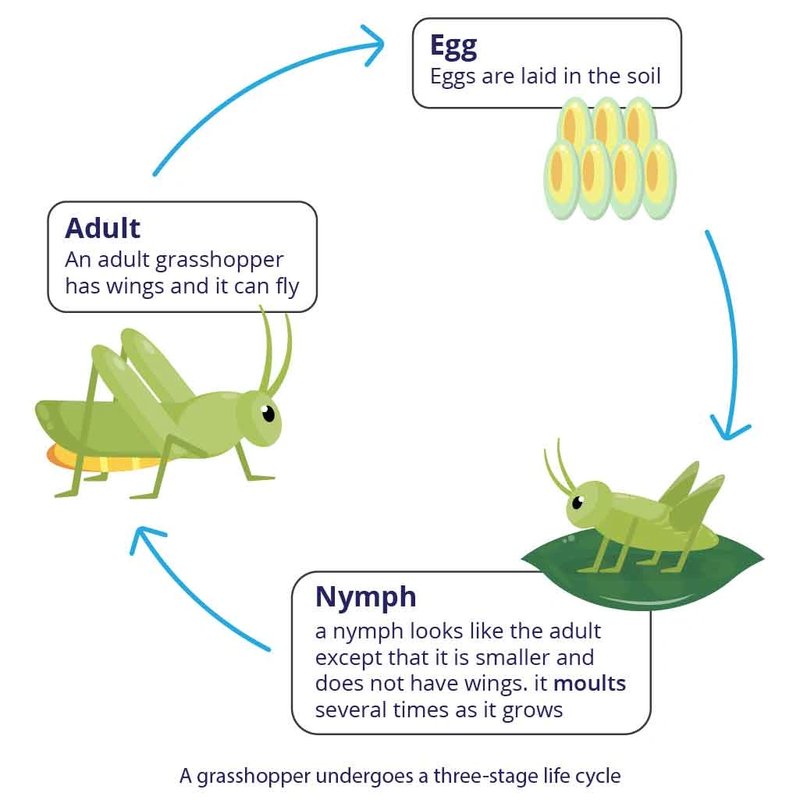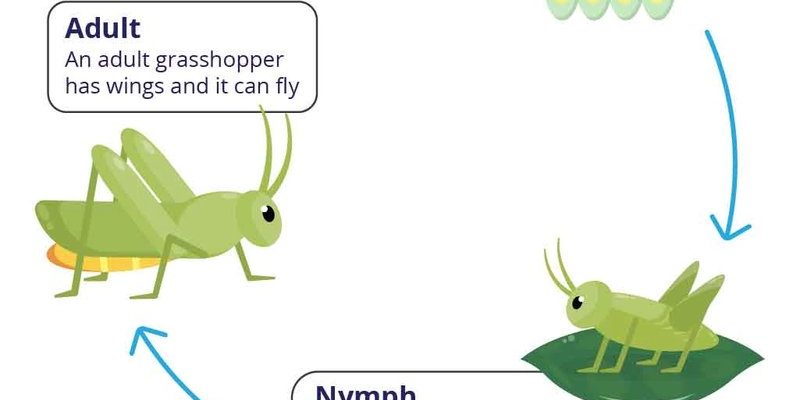
Let’s dive into the life of the earthworm and explore how they come to be, live, and contribute to the environment. Think of it as peeling back the layers of an onion—each layer reveals something important about this remarkable little creature. And who knows? You might find yourself appreciating the humble earthworm a bit more as we go along!
1. Meet the Earthworm
You might be wondering, what exactly is an earthworm? Earthworms belong to a group of animals called annelids, which means they have segmented bodies. They’re usually reddish-brown and can vary in size, from a few inches long to over a foot! Earthworms live in soil, where they burrow and make tunnels. This not only helps them breathe but also aerates the soil, making it healthier for plants.
In terms of species, the most common one you’ll encounter is the *Lumbricus terrestris*. This species is often found in gardens and agricultural fields, where it holds a special place in the ecosystem. Honestly, without earthworms doing their part, our gardens wouldn’t be nearly as vibrant!
2. The Starting Line: Eggs and Hatchlings
The lifecycle of an earthworm begins with reproduction. Earthworms are interesting because they are hermaphrodites, meaning each worm has both male and female reproductive organs. During mating, they exchange sperm with another worm. Afterward, they produce a special casing called a cocoon, which contains their eggs.
You can think of the cocoon as a protective little home for baby worms. Each cocoon can hold several eggs, and after a few weeks, the young worms hatch! These hatchlings are tiny, measuring just a few millimeters long. They’re fully formed and ready to start munching on organic matter right away.
Hatching is a critical stage; if conditions aren’t right—like when the soil is too dry or too cold—many hatchlings won’t survive. That’s why earthworms are so sensitive to their environment. They need just the right conditions to thrive.
3. Growing Up: The Juvenile Stage
Once the baby earthworms emerge, they enter their juvenile stage. This part of their lifecycle is like being a teenager for humans—lots of growth and changes! Juvenile earthworms will spend their time burrowing through the soil, eating decomposing plant material, and building their strength. They feed on things like dead leaves, grass, and even other organic matter.
As they eat and grow, they’ll shed their skin several times—a process known as molting. Each time they molt, they grow a little bigger and a little stronger. This phase can last for several weeks to months, depending on conditions like temperature and food availability.
You might think they’re just little creatures in the dirt, but they’re incredibly busy during this time. They’re not just growing; they’re also playing an essential role in nutrient cycling, which helps plants absorb essential minerals from the soil.
4. Maturity: Becoming Adult Worms
After spending several months as juveniles, earthworms reach adulthood. At this stage, they’re usually around 3 to 5 inches long and ready to reproduce. Adult earthworms have a distinct band called a clitellum, which is often visible as a thickened section around the worm’s body. This structure is crucial because it’s involved in the reproductive process—helping to create those protective cocoons we talked about earlier.
Adult earthworms continue their important work in the soil. They can burrow deep underground, which helps aerate the soil and encourages water drainage. You can think of them as nature’s little tillers, breaking up compacted dirt and mixing in organic material. This not only benefits the worms but also helps plants grow healthier.
Earthworms are often seen as unsung heroes in gardening. Their activities improve soil structure, making it easier for plants to put down roots and absorb nutrients.
5. The Role of Earthworms in the Ecosystem
Earthworms might be small, but their impact on the ecosystem is massive. As they burrow and eat, they create air pockets in the soil, which helps oxygen circulate to plant roots. They also break down organic material and turn it into nutrient-rich castings, which can be thought of as nature’s fertilizer.
Let’s not forget their role in the food chain! Many animals, like birds and small mammals, rely on earthworms as a food source. In this way, earthworms help support biodiversity. They’re not just vital for the soil but also for other creatures that share their habitat.
This interconnectedness reminds us of how everything in nature relies on each other. Removing earthworms from an ecosystem can lead to a decline in plant health and ultimately affect the animals that depend on those plants.
6. Environmental Threats Facing Earthworms
Unfortunately, earthworms face several threats in today’s world. Urbanization is a major problem; as cities expand, natural habitats are destroyed, reducing earthworm populations. Additionally, climate change can affect soil temperatures and moisture, making it harder for them to thrive.
Another significant threat is pesticide use in agriculture. These chemicals can be harmful to earthworms, impacting their ability to reproduce and survive. It’s crucial for farmers and gardeners to use more sustainable practices to protect these little creatures.
Here’s the thing: if we want to maintain healthy ecosystems, we need to pay attention to our earthworm friends. Supporting organic gardening methods and limiting chemical use can help maintain their populations and, as a result, keep our soils healthy.
7. How to Help Earthworms Thrive
If you’re a gardener or someone who just loves nature, there are plenty of ways you can help support earthworm populations in your area. Here are a few tips:
- Avoid chemical pesticides: Instead, use natural pest control methods.
- Practice composting: This provides a rich food source for earthworms.
- Keep soil moist: This helps create the perfect environment for earthworms.
- Mulch your garden: This can serve as a habitat and food for earthworms.
By taking these simple steps, you can contribute to a thriving environment for earthworms and other beneficial organisms. Remember, every little action counts!
Understanding the lifecycle of a common earthworm gives us insight into how vital these creatures are to our world. From their humble beginnings as eggs to their transformative journey into adults, earthworms play a crucial role in maintaining healthy ecosystems. They ensure that our gardens flourish, making them unsung heroes beneath our feet.
Next time you’re digging in the dirt or watching a rain-soaked garden, take a moment to appreciate the earthworms at work. They’re not just slimy creatures; they’re playing an essential part in the environment we all depend on. So let’s give a little love to the earthworm, and maybe even contribute to their survival in our gardens and beyond!

